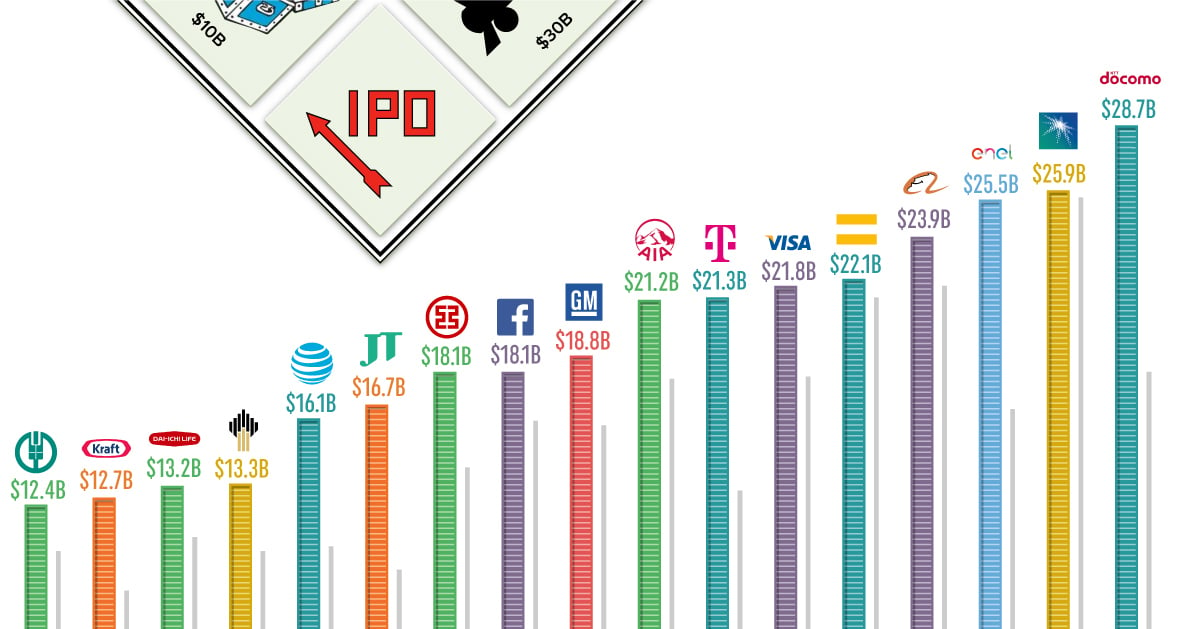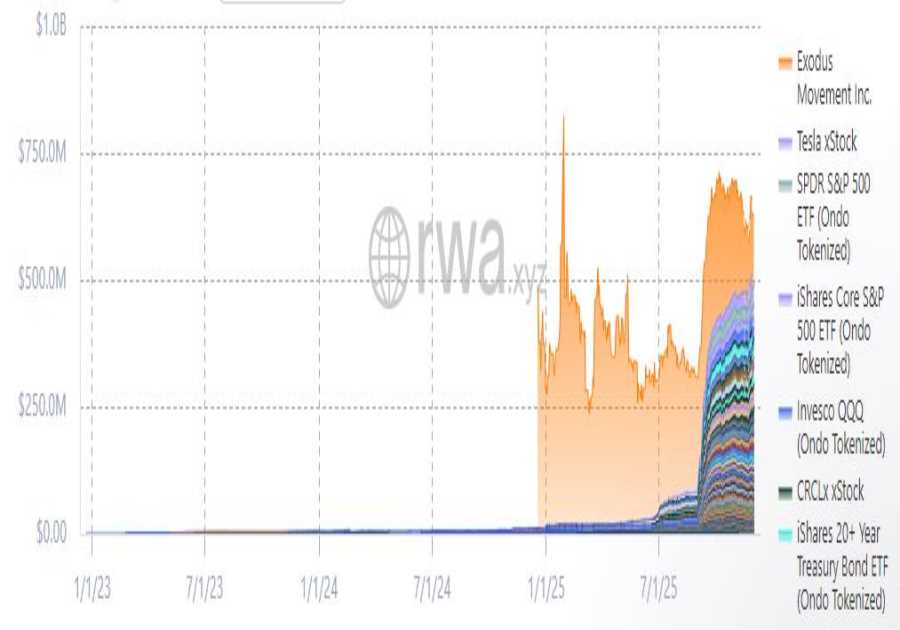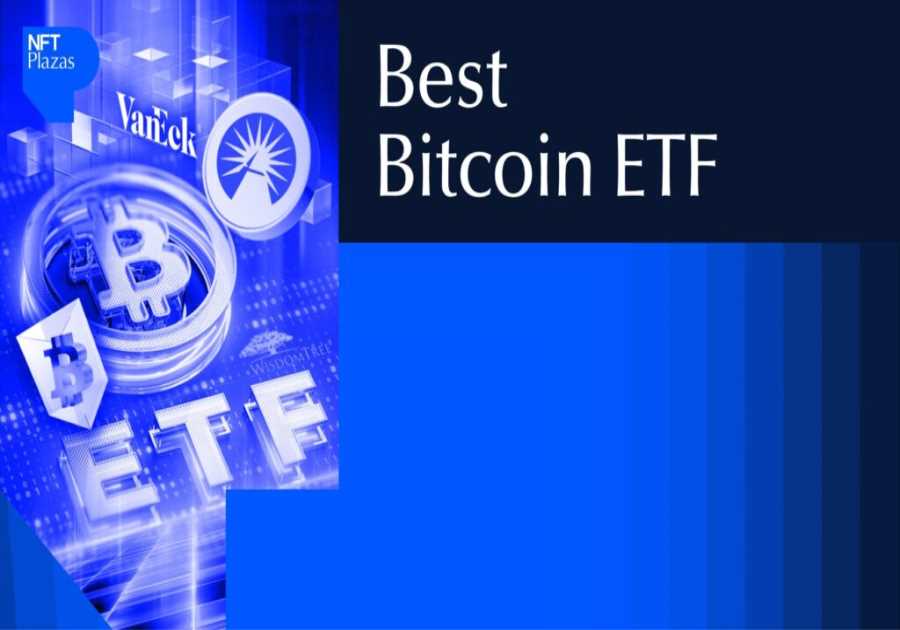What is an Initial Public Offering (IPO)?
An Initial Public Offering (IPO) is the foundational process by which a privately held company sells its shares to the public for the very first time, listing them on a regulated stock exchange like the NYSE or Nasdaq. This significant event marks a company’s transition from private to public ownership, allowing it to raise substantial capital from a broad base of investors.
In essence:
- Before the IPO: Ownership is concentrated among founders, early investors (such as venture capitalists), and employees.
- After the IPO: Anyone with a brokerage account, including retail investors, can buy and sell the company’s shares on the open market.
This public offering represents more than just a sale of shares. It signifies a monumental shift in a company’s structure, governance, and its access to capital. It’s a strategic move to fuel expansion, increase brand prestige, and provide liquidity for early stakeholders.
How Does an IPO Work?
The journey of an Initial Public Offering (IPO) is a meticulous and regulated process that transforms a private company into a public one. It begins with the company’s decision to go public, driven by the need for capital or enhanced visibility. This leads to the selection of underwriters (investment banks) who will manage the offering. These underwriters then oversee rigorous due diligence and the preparation of comprehensive regulatory filings (like the S-1 with the SEC), ensuring full transparency and compliance.
Once regulatory approval is imminent, the company embarks on a roadshow, a marketing tour to institutional investors. This crucial phase helps underwriters gauge demand and build a “book” of interest. It is vital for pricing the offering to balance capital raised with investor appeal. The goal is often to create positive momentum on the first trading day.
Finally, with the price set and SEC approval, shares are allocated. The company officially lists and begins trading on a stock exchange like the NYSE or Nasdaq. This marks its public debut, where individual investors can buy and sell shares. Post-IPO, the company faces ongoing responsibilities, including regular financial reporting and strict adherence to SEC regulations. This highlights the rigorous nature of traditional capital raising compared to crypto’s often more agile methods.
In short, the IPO process typically involves
1. The Decision to Go Public & Underwriter Selection
2. Due Diligence and Regulatory Filings
3. The Roadshow and Book-Building
4. Pricing the Offering
5. Going Public: Listing and Trading Begins
An IPO process in India. Source: College Hive
IPO-Like Events in Crypto
While traditional Initial Public Offerings (IPOs) operate within strict legal and regulatory frameworks, the rapidly evolving world of crypto has developed its own analogous events for achieving broad distribution and raising funds.
Crypto, in a strict legal sense, does not have IPOs, but it features distinct fundraising mechanisms that serve a similar purpose:
- Initial Coin Offerings (ICOs), popular in 2017-2018, involved projects selling utility tokens directly to users, often lacking robust regulation but offering wide accessibility.
- As a more curated alternative, Initial Exchange Offerings (IEOs) and Launchpads emerged, where cryptocurrency exchanges or platforms facilitate token sales, often with some due diligence and immediate listing.
- Security Token Offerings (STOs) represent a significant step towards compliance, involving the sale of digital tokens designed to represent traditional securities on a blockchain, aiming to combine blockchain benefits with existing securities laws.
- Unlike sales, Token Airdrops distribute tokens freely to users to build community and decentralised governance.
- Finally, a Token Generation Event (TGE) is the formal creation and release of a project’s native token, which can precede or be part of any of these distribution methods, effectively marking its public availability. These mechanisms collectively enable protocols to raise capital and distribute ownership in the decentralized space.
Why Do Companies (or Protocols) Go Public?
Companies undertake an IPO for a myriad of strategic reasons, primarily centered around growth and liquidity.
-
Access to Capital: The most significant benefit is raising substantial capital. Indeed, an IPO taps a vast pool of public investors. This provides funds for expansion, R&D, debt repayment, or acquisitions. Consequently, this cash influx fuels aggressive growth, difficult with private funding.
-
Enhanced Public Image and Prestige: Being a publicly traded company significantly boosts credibility and visibility. Often, this leads to increased brand awareness. It also results in a stronger competitive position and improved trust among stakeholders. Furthermore, this prestige attracts top talent and opens new business opportunities.
-
Liquidity for Early Investors and Employees: For founders, early investors, and employees, an IPO offers an exit strategy. Specifically, it converts illiquid private shares into liquid, publicly tradable assets. Thus, they can realize returns on their investments.
-
Employee Motivation: Publicly traded stock serves as a powerful employee incentive. It offers a direct stake in company success via stock options or RSUs. This fosters loyalty and aligns employee interests with shareholder value.
-
Acquisition Currency: Publicly traded stock also acts as valuable currency for mergers and acquisitions. Therefore, companies can acquire other businesses using shares, not just cash.
The Risks and Downsides of an IPO
While the allure of an IPO is strong, it comes with significant challenges and responsibilities.
-
High Costs: The IPO process is very expensive. It involves substantial fees for investment banks, lawyers, accountants, and marketing. These costs can reach millions. This impacts the net capital raised.
-
Regulatory Scrutiny and Compliance Burden: Public companies face strict regulations. Bodies like the U.S. SEC impose these. This includes extensive reporting (quarterly, annual reports) and public financial disclosure. Adherence to corporate governance rules is also required. This ongoing compliance uses many resources. It can also divert management’s focus.
-
Loss of Control: Going public means losing some control. Public companies must answer to many shareholders. Their interests may conflict with management’s vision. Public scrutiny and investor pressure can sway strategic decisions.
-
Market Volatility: A public company’s stock price changes with market forces. It can fluctuate dramatically. Poor performance, negative news, or market downturns cause significant price drops. This impacts shareholder value and company morale.
-
Short-Term Pressure: Public markets often demand consistent short-term results. This can push management to prioritize immediate gains. Such decisions might hinder long-term strategic growth
Famous IPOs and Token Launches
Understanding successful public offerings in both traditional finance and the crypto space provides valuable context for how capital is raised and ownership is distributed. While their mechanisms differ, the ambition to grow and gain widespread adoption is a common thread.
Famous Traditional IPOs
These companies made headlines with their transitions to public markets, often raising billions and becoming household names, alongside highly anticipated or notable recent listings:
- Saudi Aramco (2019): Holds the record for the world’s largest IPO, raising an astounding $25.6 billion (later $29.4 billion).
- Alibaba Group (2014): The Chinese e-commerce titan raised $25 billion when it listed on the New York Stock Exchange.
- Facebook (now Meta, 2012): One of the most talked-about tech IPOs, raising over $16 billion, a defining moment for social media.
- Visa (2008): Its $17.9 billion IPO was a remarkable success, demonstrating resilience during a financial crisis.
- Google (now Alphabet, 2004): A pivotal IPO for the tech industry, marking the public arrival of a company that would fundamentally change information access.
- WeWork (2021 SPAC Merger): After a highly publicized failed IPO attempt in 2019, the workspace company went public via a SPAC merger in 2021 with a $9 billion equity valuation.
- Robinhood (2021): The popular commission-free trading platform went public in 2021, symbolizing the surge in retail investing.
- Reddit (2024): The social media giant made its long-anticipated public debut in March 2024, valued around $6.4 billion.
- Circle (2025): The issuer of the USDC stablecoin priced its IPO on June 5, 2025, at $31 per share, raising over $1 billion and listing on the NYSE.
- Databricks (Expected 2025): A major AI and data analytics company, widely anticipated to be one of the largest tech IPOs of 2025, with a valuation reaching $62 billion.
- Klarna (Expected 2025): The “buy now, pay later” fintech giant is reportedly preparing for a significant IPO in 2025, following a valuation of $14.6 billion.
- Stripe (Anticipated): One of the most anticipated private companies, the payments processing behemoth has not yet set an IPO date, focusing instead on private liquidity, with a valuation of $91.5 billion as of early 2025.
- Discord (Anticipated): The popular communication platform is widely speculated to go public before the end of 2025, with past valuations around $15 billion.
- Cerebras Systems (Anticipated): The AI chipmaker is aiming for an IPO, though it faces delays due to ongoing national security reviews related to foreign investment.

Source: Charted
Notable Crypto Token Launches
The crypto space has seen its own set of groundbreaking fundraising events, demonstrating alternative paths to project funding and token distribution:
- Ethereum (2014 ICO): One of the most successful Initial Coin Offerings, raising over $18 million in Bitcoin, foundational for smart contracts.
- Filecoin (2017 ICO): Raised over $200 million for its decentralized storage network, one of the largest token sales of its time.
- Polkadot (2017 ICO/TGE): Raised over $140 million for its interoperability-focused “blockchain of blockchains.”
- Solana (2020 Token Sale/TGE): Gained significant traction for its high transaction speed, rapidly growing into a major blockchain.
- Axie Infinity (2020 TGE/AXS Token Launch): A pioneer in play-to-earn gaming, demonstrating the potential for tokens within gaming ecosystems.
These examples illustrate the diverse paths companies and projects take to secure funding and establish their presence in public markets, whether traditional or decentralized.

Source: cryptonomist
Why Crypto Users Should Understand IPOs
While your focus is on DeFi, NFTs, and the metaverse, understanding What is an IPO? remains highly relevant. Indeed, the lines between traditional finance and Web3 are blurring. For example, major financial institutions now engage with blockchain. Consequently, successful Web3 companies may eventually go public. Therefore, grasping equity offering fundamentals provides crucial context for this convergence.
The crypto space has innovated fundraising quickly; however, many models borrow past concepts. Thus, recognizing IPO strengths and weaknesses aids Web3 in developing better investor mechanisms. Furthermore, regulatory landscapes are also key. Existing securities laws govern traditional public offerings. Significantly, these are often referenced for crypto. In turn, a solid grasp of traditional finance IPOs illuminates future crypto market regulatory trends.
Ultimately, strong financial literacy covers both traditional and decentralized systems. As a result, knowing how IPOs work enhances your overall understanding. Moreover, it makes you a more informed economic participant. Finally, this also prepares you for future investments in publicly traded crypto companies as the industry matures.
The post What Is an IPO? Understanding Public Listings in TradFi and Crypto appeared first on NFT Evening.
Read MoreBy: Liam Miller
Title: What Is an IPO? Understanding Public Listings in TradFi and Crypto
Sourced From: nftevening.com/what-is-an-ipo/?utm_source=rss&utm_medium=rss&utm_campaign=what-is-an-ipo
Published Date: Sat, 07 Jun 2025 02:00:29 +0000
----------------------------
Did you miss our previous article...
https://trendingincrypto.com/nft-news/doge-to-the-moon-plan-5-hot-dogecoin-cloud-mining-sites-to-maximize-your-profit
.png)





